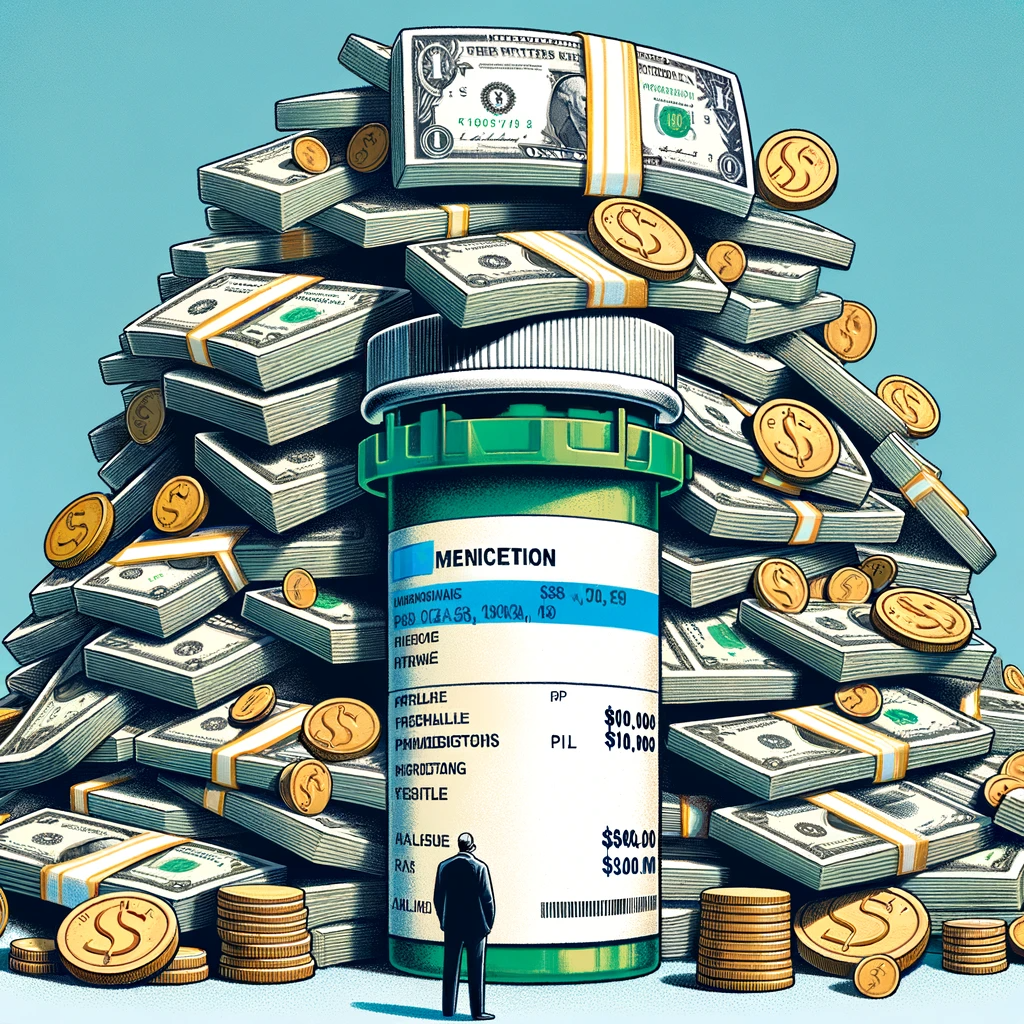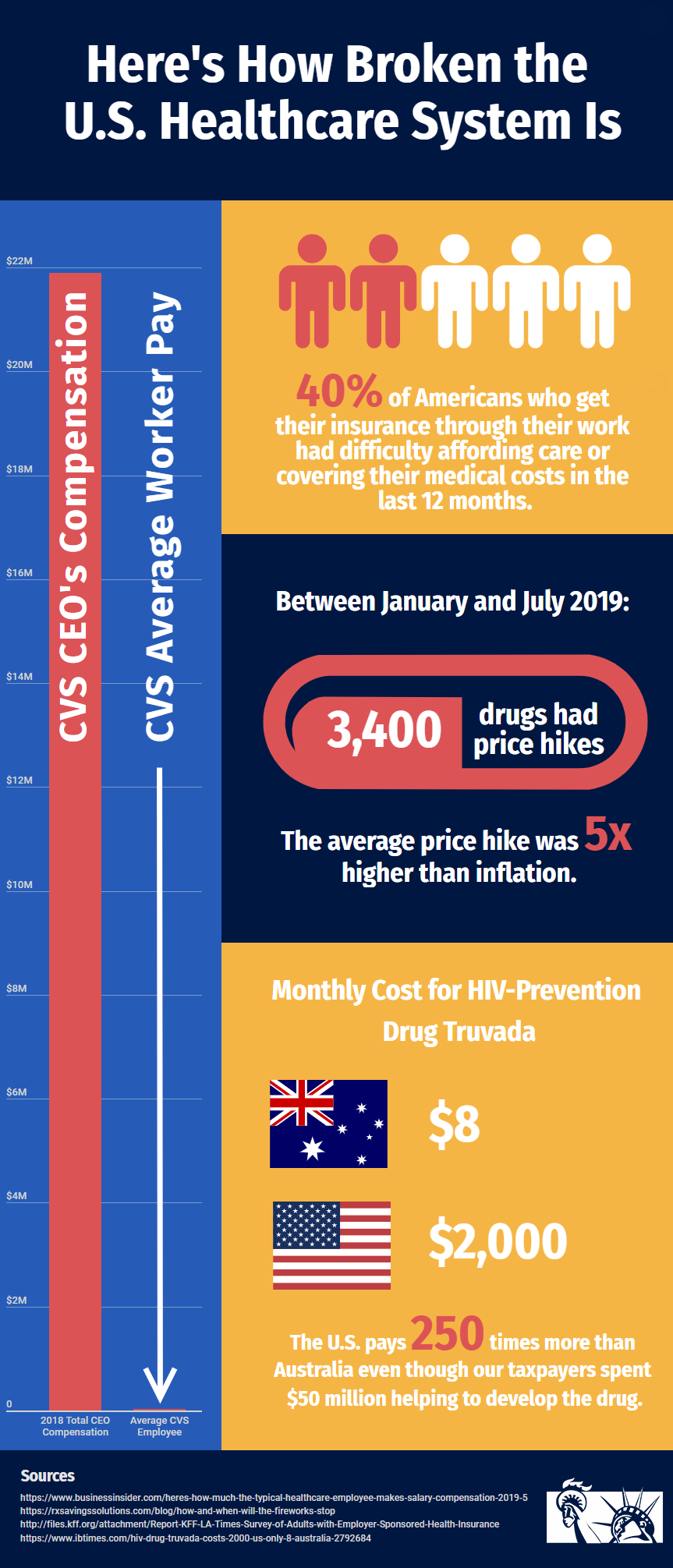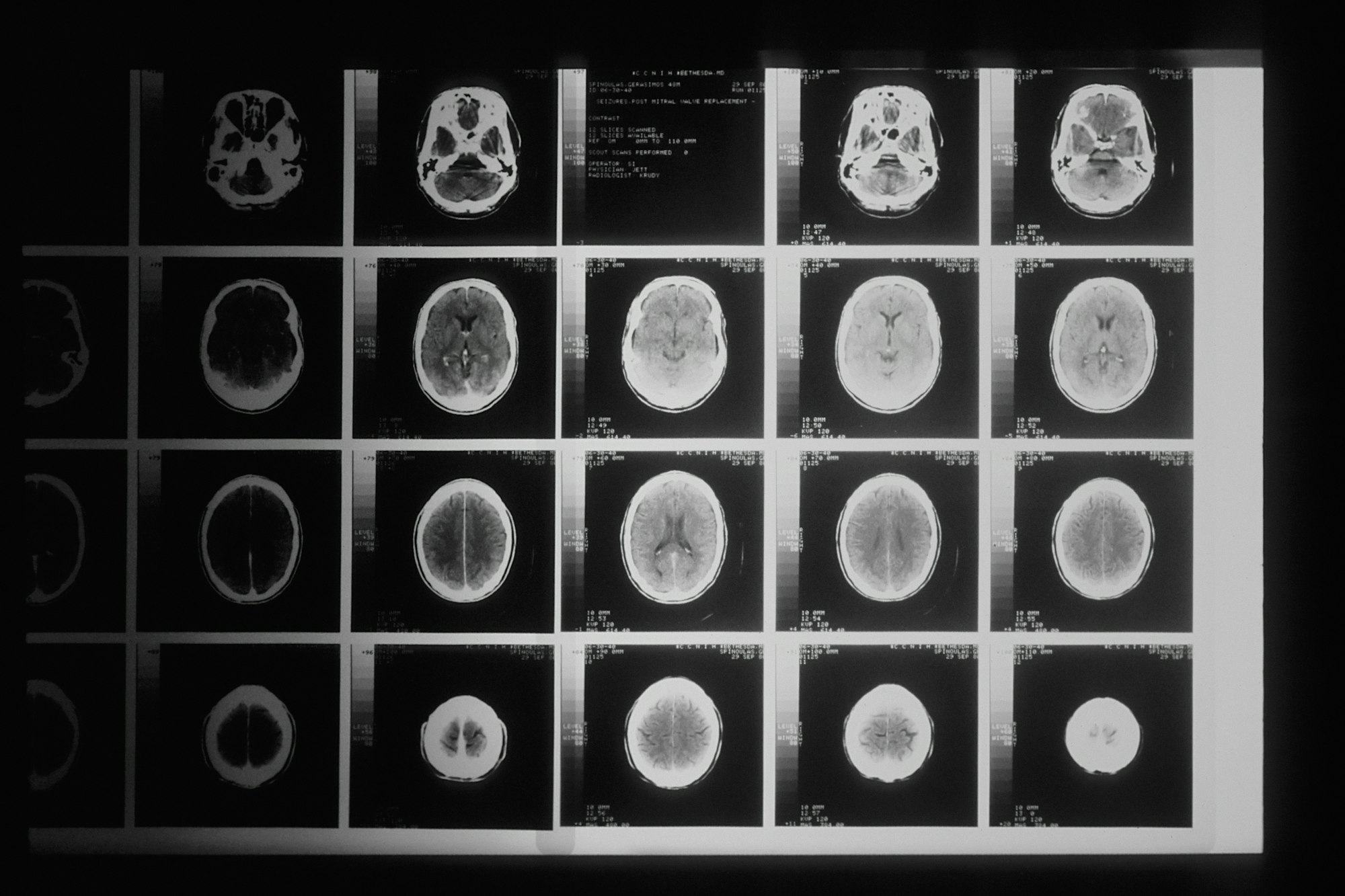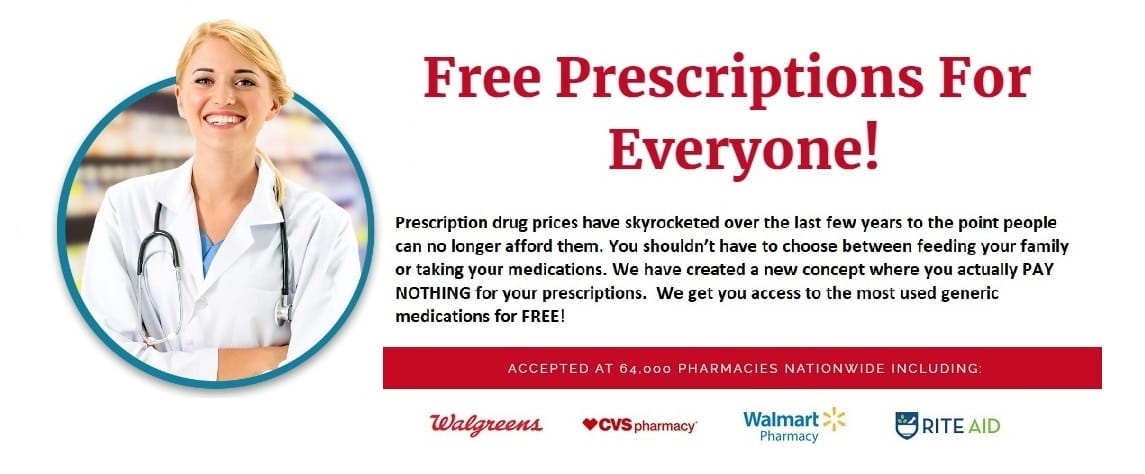The Essential Guide to Blood Pressure Medications: Understanding Your Options and Costs
Discover the most prescribed blood pressure medications, understand their costs, and learn about managing hypertension effectively. This guide offers insights into medication types, insurance impacts, and cost-saving solutions like MyFreePharmacyPlan.org.

Medications for high blood pressure
High blood pressure, or hypertension, is a significant health concern affecting millions worldwide. Effectively managing this condition often involves a combination of lifestyle modifications and medication. This comprehensive guide will delve into the most commonly prescribed blood pressure medications, their costs, and how myfreepharmacyplan.org is making these vital medications more accessible.
Understanding Blood Pressure and Hypertension
Before exploring medications, it's crucial to understand what high blood pressure is, its causes, and why managing it is essential.
What is High Blood Pressure?
High blood pressure occurs when the force of blood against your artery walls is consistently too high. This condition can lead to severe health complications if left untreated.
Normal Blood Pressure Parameters
- Normal: Systolic <120 mm Hg and Diastolic <80 mm Hg
- Elevated: Systolic 120-129 mm Hg and Diastolic <80 mm Hg
- High Blood Pressure (Hypertension Stage 1): Systolic 130-139 mm Hg or Diastolic 80-89 mm Hg
- High Blood Pressure (Hypertension Stage 2): Systolic ≥140 mm Hg or Diastolic ≥90 mm Hg
Understanding blood pressure readings is crucial for monitoring and managing cardiovascular health. Blood pressure is typically expressed with two numbers, such as 120/80 mm Hg, and includes two types of measurements: systolic and diastolic pressure.

Systolic Blood Pressure
The systolic number is the first and higher number in a blood pressure reading. It represents the pressure in your arteries when your heart beats and pumps blood.
What It Indicates: The systolic pressure reflects the force exerted on the walls of the arteries during the heart's contraction. It is a critical measure of the pressure your arteries experience with each heartbeat.
Normal Range: A normal systolic blood pressure is generally considered to be below 120 mm Hg.
Diastolic Blood Pressure
The diastolic number is the second and lower number in the reading. It represents the pressure in your arteries when your heart is resting between beats.
What It Indicates: This number reflects the pressure in the arteries when the heart is at rest, between beats. It is an indicator of the baseline pressure in your arteries.
Normal Range: A normal diastolic blood pressure is typically less than 80 mm Hg.
Interpreting Blood Pressure Readings
Normal Blood Pressure: Systolic less than 120 mm Hg and Diastolic less than 80 mm Hg.
Elevated Blood Pressure: Systolic between 120-129 mm Hg and Diastolic less than 80 mm Hg.
Hypertension (Stage 1): Systolic between 130-139 mm Hg or Diastolic between 80-89 mm Hg.
Hypertension (Stage 2): Systolic at least 140 mm Hg or Diastolic at least 90 mm Hg.
Hypertensive Crisis: Systolic over 180 mm Hg and/or Diastolic over 120 mm Hg, requiring immediate medical attention.
Understanding the Importance of Both Systolic and Diastolic Pressure
Both systolic and diastolic pressures are important in diagnosing and monitoring hypertension and overall heart health. Elevated levels in either can indicate an increased risk of cardiovascular diseases, such as heart attack, stroke, and kidney problems.
It's essential to regularly monitor blood pressure and consult healthcare professionals, especially if there are concerns or significant changes in readings. Understanding and managing blood pressure can play a key role in maintaining good cardiovascular health.
Causes of High Blood Pressure
Common causes include genetics, poor diet (high in salt), lack of exercise, obesity, and chronic conditions like kidney disease.

Importance of Maintaining Normal Blood Pressure
Keeping blood pressure within normal limits is crucial to reduce the risk of heart disease, stroke, kidney failure, and other health problems.
High Blood Pressure and the Risk of Vascular Dementia
Understanding Vascular Dementia
Vascular dementia is the second most common type of dementia after Alzheimer's disease. It is often the result of reduced blood flow to the brain, which can be a consequence of stroke or other vascular conditions frequently linked to high blood pressure. Vascular dementia is the most preventable type of dementia.
High Blood Pressure as a Risk Factor
Persistent high blood pressure can lead to damaged blood vessels in the brain, reducing blood flow and potentially causing vascular dementia. Proper management of blood pressure is vital in reducing this risk.
Top Prescribed Medications for High Blood Pressure
ACE Inhibitors
- Example: Lisinopril
- Cost: Affordable for generics; more expensive for brand names.
Beta-Blockers
- Example: Metoprolol
- Cost: Low-cost generics available; brand names are pricier.
Diuretics
- Example: Hydrochlorothiazide
- Cost: Cost-effective, especially in generic form.
Calcium Channel Blockers
- Example: Amlodipine
- Cost: Affordable generics; brand names can be costly.
ARBs
- Example: Losartan
- Cost: Economical generic versions; brand-name drugs are higher.
The Financial Burden of High Blood Pressure Medication

Understanding Prescription Drug Plan Formularies and Medication Tiers: Navigating Costs and Coverage
Navigating the world of prescription drug plans can be complex, especially when it comes to understanding formularies and medication tiers. These factors play a crucial role in determining the out-of-pocket expenses for consumers. Let's explore how formularies work, the tier system for medications, and how these aspects influence the cost of medications, including those for managing conditions like high blood pressure.
What is a Drug Plan Formulary?
A drug plan formulary is essentially a list of medications that a particular insurance plan covers. This list is curated by the insurance provider and can vary significantly between different plans. The formulary includes both generic and brand-name drugs and is designed to provide patients with a range of medication options for various conditions.
Key Aspects of Formularies:
Coverage: Not all medications are covered by every plan. Some drugs may be excluded altogether.
Updates: Formularies are periodically updated, which can affect the availability and coverage of certain medications.
Preferred Drugs: Formularies often identify preferred drugs, typically generics or more cost-effective options.

Understanding Medication Tiers
Most drug plans categorize medications into different tiers, which directly impact the out-of-pocket costs for consumers. Each tier represents a cost level for the beneficiary.
Common Tiers in Drug Plans:
Tier 1: Generic Medications
Characteristics: These are the most cost-effective options, typically including generic drugs.
Cost: Lowest co-payments and out-of-pocket expenses for patients.
Tier 2: Preferred Brand-Name Medications
Characteristics: These are brand-name drugs that the plan considers cost-effective.
Cost: Higher co-payments than Tier 1, but still relatively affordable.
Tier 3: Non-Preferred Brand-Name Medications
Characteristics: Brand-name drugs not classified as preferred. They may have generic or preferred alternatives.
Cost: Higher co-payments than Tiers 1 and 2.
Tier 4: Specialty Medications
Characteristics: These include high-cost prescription drugs, often for complex or rare conditions.
Cost: Highest co-payments and out-of-pocket expenses.
Tier 5: Ultra-Specialty Medications
Applicability: Some plans may have this additional tier for extremely high-cost medications.
Cost: Generally, the most expensive tier with the highest out-of-pocket costs.

Impact on Out-of-Pocket Expenses
The tier system significantly influences the cost burden on patients. Drugs in higher tiers, especially specialty medications, can lead to substantial out-of-pocket expenses. This aspect is particularly relevant for patients requiring long-term medication, such as those managing chronic conditions like high blood pressure.
Factors Influencing Medication Costs:
Insurance Plan: Different plans have varying formularies and tier structures.
Drug Selection: Choosing drugs in lower tiers can reduce costs.
Generic vs. Brand-Name: Opting for generics when available can lead to significant savings. As a member of MyFreePharmacyPlan.org you will have access to free generic medications. If you are ordered a brand name medications our pharmacists can help determine if there is an equivalent drug to help meet your medical need. Or, you may obtain brand name medications through your retail pharmacy at a discounted contracted cost.It's a win win situation for you to get the health care savings you deserve.
Navigating Formularies and Tiers
Researching Your Plan's Formulary
Understanding your insurance plan's formulary is key. This information is usually accessible through the insurer's website or customer service.
Discussing Options with Healthcare Providers
Healthcare providers can help in selecting medications that are effective and covered by your insurance plan.
Considering Generic Alternatives
Generics can offer the same therapeutic benefits as brand-name drugs at a fraction of the cost.
Reviewing and Updating Medication Choices
Regularly reviewing medication choices, especially after formulary updates, can help in managing costs.
The formularies and tier systems of prescription drug plans are pivotal in determining medication costs for consumers. By understanding these systems, patients can make informed decisions about their medication choices, potentially reducing their out-of-pocket expenses. This knowledge is particularly vital for those managing chronic conditions, where medication costs can accumulate significantly over time. Always consult healthcare professionals and insurance providers to make the best choices for your health and financial situation.
Out-of-Pocket Expenses
The cost can be significant, particularly for those without insurance.
Insurance and Medication Costs
Insurance coverage is a key factor in determining medication costs.
High Blood Pressure and the Risk of Vascular Dementia

Understanding Vascular Dementia
Vascular dementia is the second most common type of dementia after Alzheimer's disease, often resulting from reduced blood flow to the brain, which can be a consequence of stroke or other vascular conditions frequently linked to high blood pressure.
High Blood Pressure as a Risk Factor
Persistent high blood pressure can lead to damaged blood vessels in the brain, reducing blood flow and potentially causing vascular dementia. Proper management of blood pressure is vital in reducing this risk.
MyFreePharmacyPlan.org: A Solution to High Medication Costs

Free Generic Medications
Offering a range of generic blood pressure medications for free.
Deeply Discounted Brand-Name Medications
Providing these medications at significantly reduced prices.
Navigating Your Medication Options with MyFreePharmacyPlan.org
Easy Access and Sign-Up
Straightforward sign-up process on My FreePharmacyPlan.org
Personalized Assistance
Helping patients find the most suitable and cost-effective medication.
Comprehensive Drug Range
Extensive range of medications ensuring suitability for most patients.
Conclusion
Effectively managing high blood pressure is crucial for health and wellbeing. While medication costs can be a barrier, resources like myfreepharmacyplan.org are instrumental in making these drugs accessible. Understanding blood pressure, its effects, and available medication options, supplemented by resources like myfreepharmacyplan.org, can empower patients to manage their condition effectively. Always consult with a healthcare professional before altering your medication regimen.
You might also like this article:








